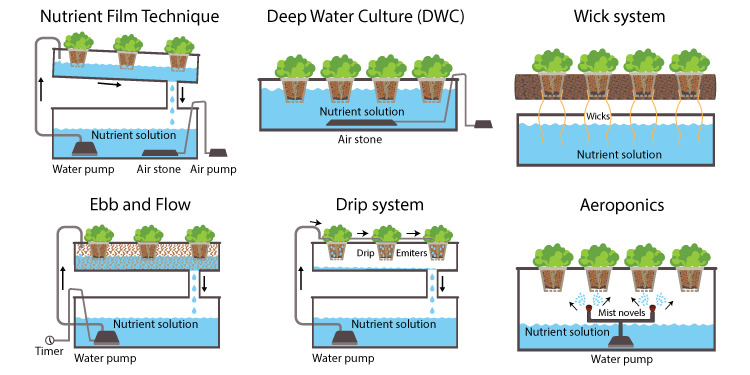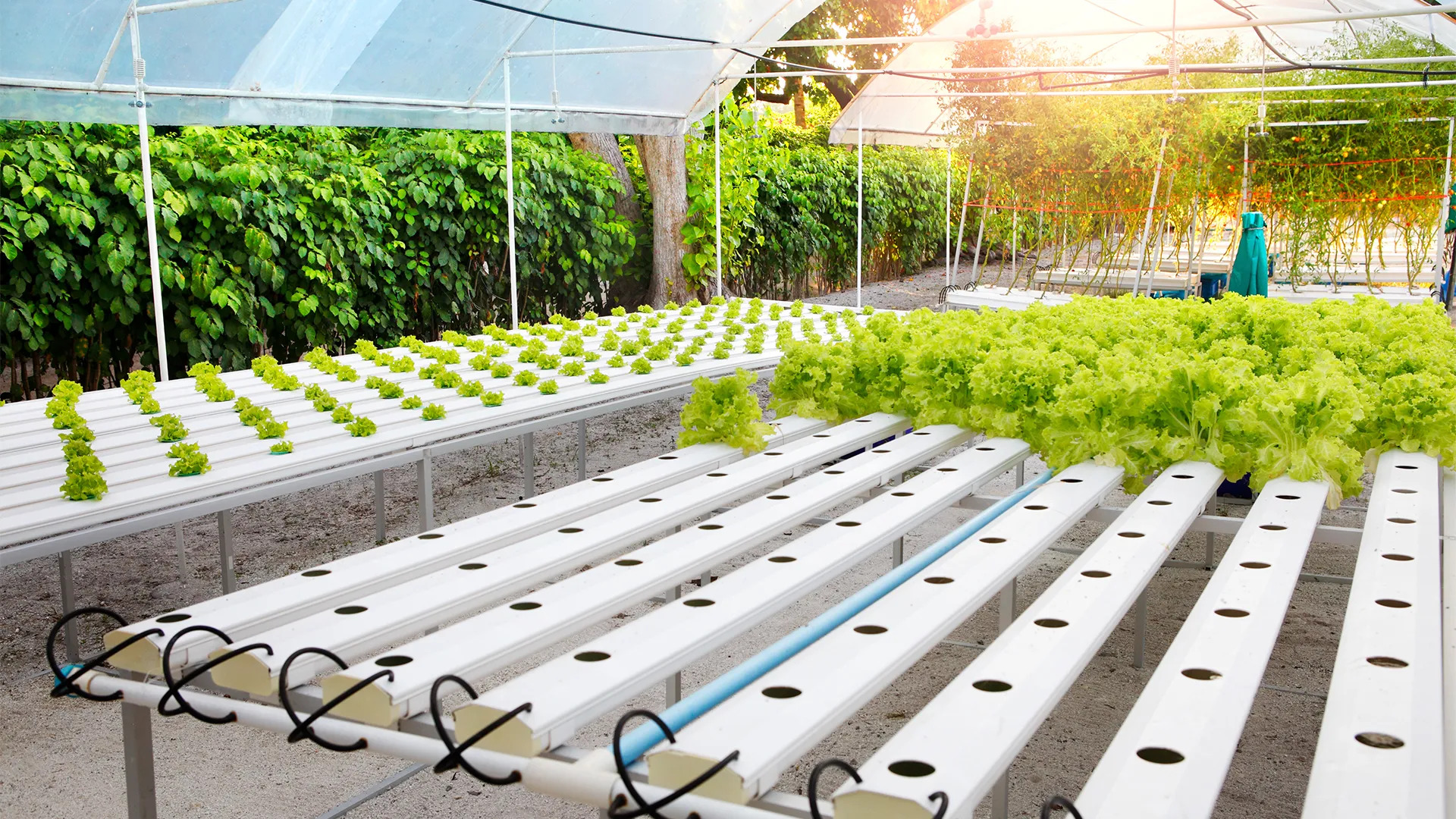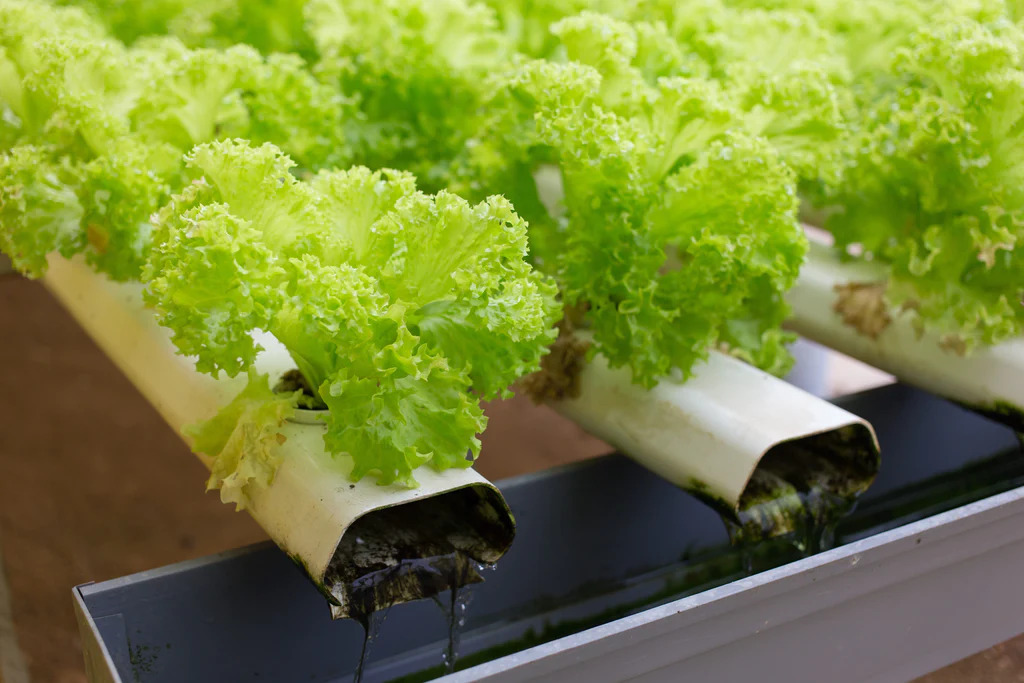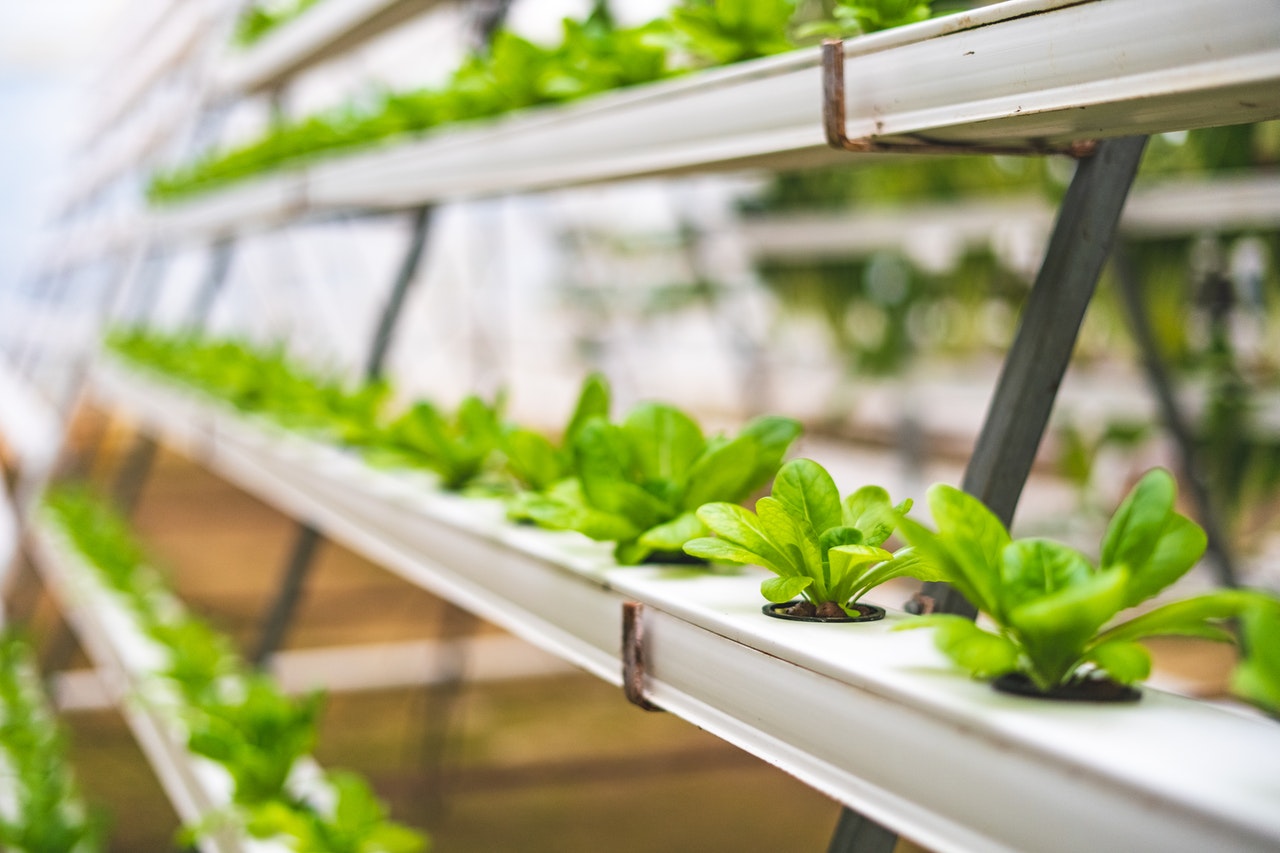What are Hydroponics Systems?
Hydroponics is a soil-less way of growing plants using a nutrient-rich water solution instead of soil. It is a popular alternative to traditional soil-based farming methods and is used by commercial growers, as well as home gardeners. In hydroponics, plant roots are submerged in a nutrient solution that contains all the essential nutrients required for growth, and oxygen is supplied by an air pump to ensure that plants have access to this critical gas.
Benefits of Using Hydroponics
Hydroponics is a popular method of growing plants without the use of soil that has numerous benefits. For starters, hydroponics allows for water savings since it involves the recycling of nutrient-rich water rather than allowing it to be wasted. This makes hydroponics an eco-friendly option that conserves water resources, especially in areas that experience water scarcity.
Another major benefit of hydroponics is that it enables faster plant growth compared to traditional soil-based systems. Hydroponic plants grow up to 50% faster than those grown in soil since the plants have direct access to essential nutrients and water without competition from weeds and pests that can stunt their growth in soil.
Hydroponic systems are also ideal for environments with limited or poor quality soil that would otherwise make it impossible to grow certain types of plants. By providing a controlled environment where plant nutrients, temperature, humidity, and lighting can be regulated, hydroponics caters to the specific needs of individual plants, allowing for optimal growth and higher yields.
The Basics of Hydroponic Systems
Hydroponic systems are a popular approach to gardening without soil. They involve growing plants in nutrient-rich water solutions, giving them access to oxygen and essential nutrients for optimal growth. Commercial growers and hobbyists alike are increasingly adopting hydroponic systems due to their high yields, control of environmental conditions, water savings, and faster growth rates.
Wick System
A wick system is a type of hydroponic system used to grow plants without soil. In this system, hydroponic plants are grown using a wick that pulls the nutrient solution from a reservoir into the growing media by capillary action. The wick system is a passive hydroponic system, which means it does not require any electricity or pumps to operate.
The benefits of using a wick system are that it is a simple and inexpensive way to grow hydroponic plants. It also uses less water compared to other hydroponic systems, making it more water-efficient. The wick system is easy to set up and maintain, and it is ideal for growing small-sized plants.
However, the wick system does have some limitations. Since it relies on capillary action to transport the nutrient solution, it may be limited in the distance the solution can travel, which can impact the size of the plant that can be grown. The wick system may also require more frequent refilling of the nutrient solution reservoir.
Suitable growing media options for the wick system are coconut coir, peat moss, and vermiculite. These media options provide a good balance of aeration and water retention, allowing for optimal plant growth. When using a wick system, the growing media should be placed in a container with a wick placed at the bottom of the media leading to the nutrient solution.
Water Culture
Water Culture is a type of hydroponic system that is considered one of the simplest and most active systems available. In this system, the roots of the plant are directly placed in a nutrient solution, which allows the plant to absorb essential nutrients more easily and quickly than in traditional soil-based systems.
One of the most important aspects of the Water Culture system is the provision of oxygen to the plant roots. This is typically achieved through the use of a diffuser or an air stone, which disperses oxygen throughout the nutrient solution to ensure that the roots can breathe properly.
Oxygen is essential for the proper growth and development of plants, and the Water Culture system provides this access to oxygen in a more efficient manner than many other hydroponic systems.
There are many benefits to using the Water Culture system. Not only does it provide easy access to nutrients and oxygen, promoting faster plant growth, but it is also suitable for any kind of plant, including those with large root systems.
Ebb and Flow (Flood and Drain)
Ebb and Flow (Flood and Drain) system is a popular hydroponic method that works by periodically flooding the grow tray with nutrient-rich water, allowing the plant roots to absorb the necessary nutrients, before draining back into a reservoir. This system is automated by a submersible pump connected to a timer, providing a controlled and consistent water supply to the plants.
The flood and drain system is highly customizable and can be adjusted to suit different plants' water and nutrient requirements, making it a popular choice for commercial growers. The use of a nutrient solution rather than soil enables the plants to grow faster and larger while minimizing the chances of diseases associated with soil-grown plants.
One of the benefits of the Ebb and Flow system is its efficient use of water and energy, as the nutrient solution is reused in the system. However, this system requires a lot of growing media to support the plants and is susceptible to pump/timer failure, which can lead to disaster if not checked frequently.
Drip Systems
Drip systems are an excellent hydroponic method for providing plants with a consistent flow of nutrients to maximize growth potential. This system is designed to pump a nutrient-rich water solution into a tube, which is then dripped directly onto the base of each plant. A drip emitter controls the flow, which is individually sized for each plant to ensure they receive the nutrients required for optimal growth cycle.
There are different types of drip systems, including some that vary in size and circulation options. The most common types of drip systems are the top-feed drip system, the bottom-feed drip system, and the recirculating drip system. The top-feed drip method is preferred for smaller gardens as it allows for easy maintenance and easier nutrient solution level management compared to the recirculating drip system that is often used for larger gardens.
One of the benefits of using a drip system is that you can easily personalize it to fit your specific needs and preferences. For instance, you can choose to use rock wool, clay pebbles, or peat moss as a growing medium. Additionally, you can adjust the flow rates, nutrient solution ratios, water levels, and other environmental conditions to best suit the type of plant you are growing.
N.F.T. (Nutrient Film Technology)
N.F.T. (Nutrient Film Technology) is a popular hydroponic system that involves the continuous flow of nutrient-rich water over the plant roots. In N.F.T. systems, plants are grown in sloped channels with net pots that allow the roots to hang freely in the flowing water. This system doesn't require a growing medium, making it a no-mess, low-maintenance option for hydroponic growers.
One of the primary benefits of N.F.T. systems is their water efficiency when compared to traditional soil-based systems. As nutrient-rich water is constantly flowing over the roots, it reduces waste while providing essential nutrients required for plant growth. This solution also allows for the reuse of nutrient solutions, which minimizes waste and reduces the cost of maintaining the system.
However, N.F.T. systems can be susceptible to pump failure and power outages, which can lead to stagnant water, endangering the plants' roots. Moreover, as there is no growing medium in this system, plants are entirely dependent on the nutrient-rich water flow, so even minor interruptions in the growth process can have a severe impact on plant growth and development.
Aeroponic Systems
Aeroponic systems are a type of hydroponic method that allows plants to grow with their roots suspended in the air. This system is highly efficient in delivering moisture and essential nutrients to the roots, making it a popular choice for commercial growers and indoor hydroponic gardening.
The system works by misting the roots with a nutrient-rich water solution. The solution is sprayed through special nozzles that create a fine mist. The roots are suspended in the air, allowing the mist to penetrate and nourish them with the necessary plant nutrients.
One of the main benefits of aeroponic systems is that they deliver oxygen to the roots more efficiently than traditional soil-based or hydroponic growing. This feature allows for faster plant growth, higher yields, and healthier plants.
Aeroponic systems can grow a wide variety of plants, including vegetables, herbs, and even flowers. However, it is important to note that some plants may not thrive in this system due to their individual growth requirements.
Check out this article: How To Build a Hydroponic Garden?
Determining The Best Method for You
Now that you have a basic understanding of hydroponic systems, it's important to determine the best method for your specific needs. Each hydroponic system has its own set of pros and cons, and it's crucial to carefully evaluate these factors before choosing the ideal system for your plants.
Determining the ideal system for your hydroponic needs will depend on various factors, such as the type of plants you want to grow, the available space, and your budget.
Overall, it's essential to carefully weigh the pros and cons of each hydroponic system and choose the one that best suits your needs. By doing so, you can create an efficient and effective growing environment for your plants, resulting in faster growth rates and higher yields.












